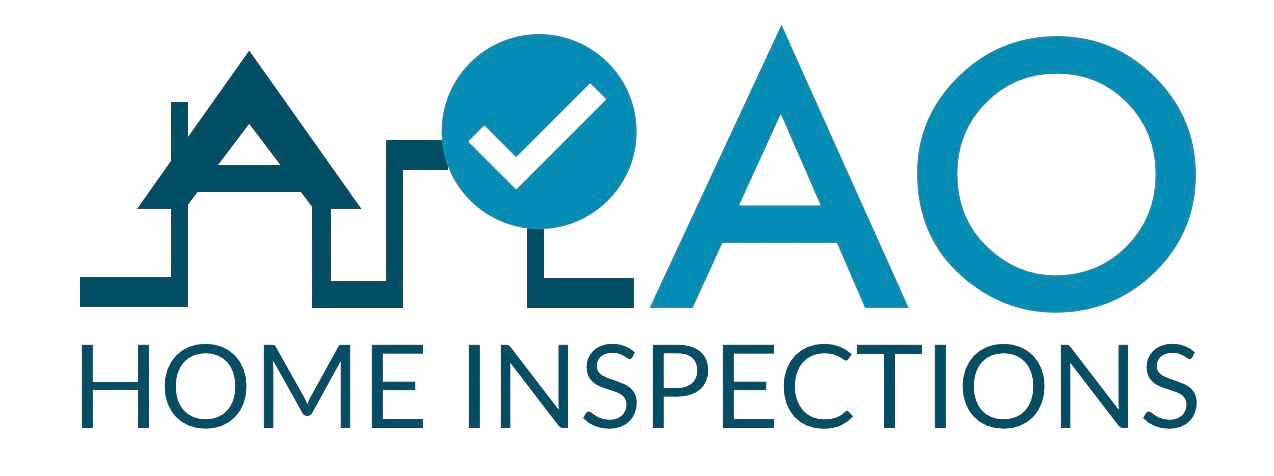Home Termite Inspection for Property Transactions: An Essential Guide
Termite inspections are a critical step in the property transaction process, ensuring that homes are free from the silent destroyers known as termites that can undermine structural integrity and safety. Termites, infamous for causing substantial property damage by targeting wood structures and foundations, can result in significant repair costs if not detected promptly. Recognizing the signs of termite infestations and taking preventive measures is key to safeguarding your investment.
Understanding the behavior and preferences of termite species is fundamental. These pests thrive in moist, dark conditions and are primarily attracted to wood, emphasizing the importance of maintaining a dry, well-ventilated environment around the property. Removing wood mulch and debris from the foundation area can deter termite activity, serving as a strategic approach to prevent future infestations.
The termite inspection process is a detailed evaluation aimed at identifying any signs of termite presence within and around the property. During the inspection, a qualified termite inspector will meticulously examine both the interior and exterior walls of the property for indicators of termite damage, including mud tubes, compromised wood structures, and evidence of termite wings from swarms. The inspector will also assess risk factors that could encourage termite infestations, such as moisture accumulation and wood-to-soil contact, crucial for facilitating termite entry and colonization by subterranean termites.
For buyers and sellers alike, a termite inspection is an indispensable part of the property transaction process, offering peace of mind and safeguarding against the unforeseen expenses associated with termite damage. Ensuring a property is termite-free not only protects a significant financial investment but also contributes to the overall safety and longevity of the home.
The Termite Inspections Process
A termite inspection is an essential process that can help identify any termite activity in a home. We recommend that homeowners schedule a termite inspection at least once a year to detect any potential termite problems early on. In this section, we discuss the termite inspection process, including what inspectors look for, the tools and techniques they use, and how to understand the termite clearance letter.
Home inspectors conduct a basic home inspection but also focus on signs that suspect termites, such as damaged drywall, wood’s structural joints, and any wood destroying insect evidence. They utilize specialized tools and techniques for detecting wood destroying insects, including termites, and evaluate the home for conditions that could lead to future infestations. Understanding the termite report is crucial for homeowners, as it can influence decisions by mortgage lenders and homeowners insurance policies, and necessitate termite treatments or a termite bond for professional inspection and annual inspections to prevent future infestations.What Termite Inspectors Look For
During a termite inspection, inspectors look for signs of termite activity, such as mud tubes, damaged wood, and discarded wings. They also inspect areas where termites are likely to be found, such as crawl spaces, basements, and attics. Inspectors may use a flashlight, moisture meter, and other tools to help them detect termite activity.
Tools and Techniques
Termite inspectors use a variety of tools and techniques to detect termite activity. They may use a moisture meter to detect moisture levels in wood, which can indicate termite activity. They may also use a thermal imaging camera to detect changes in temperature, which can indicate the presence of termites. Inspectors may also use a sounding tool to tap on wood and listen for hollow sounds, which can also indicate termite activity.
Understanding the Termite Infestation Report
After the inspection, the inspector will provide a termite report that details their findings. The report will include information about any termite activity detected, as well as recommendations for treatment and prevention. It is important to carefully review the report and ask the inspector any questions you may have. If you are buying or selling a home, the termite report may be required as part of the transaction.
Preparing for a termite inspection is important to ensure that the inspector can access all areas of the home. We recommend that homeowners clear clutter from around the perimeter of the home, move stored items away from walls, and trim back any overgrown vegetation. This will help the inspector to thoroughly inspect the home and detect any potential termite problems.
In summary, a termite inspection is an important process that can help detect termite activity early on. During the inspection, inspectors look for signs of termite activity and use a variety of tools and techniques to detect any potential problems. It is important to carefully review the termite report and prepare for the inspection to ensure that the inspector can access all areas of the home.
Termite Inspection Cost and Considerations
Termite Inspection Costs
The cost of a termite inspection can vary depending on the location, the size of your home, and the type of inspection needed. According to US News & World Report, the average cost of a termite inspection ranges from $75 to $325, with a national average of $100. However, some inspections may be free, while others can cost up to $400.
It is important to note that if you are buying or selling a home, a termite inspection may be required as part of the real estate transaction. In this case, you may need to obtain a termite letter from the pest control company, which usually costs between $100-$200, according to Terminix.
Preparation and Aftercare
When it comes to termite inspection, preparation and aftercare are just as important as the inspection itself. In this section, we will discuss what you need to do before and after the inspection to ensure the best possible results.
Preparing for Inspection
Preparing your home for a termite inspection is crucial to ensure that the inspector can do their job effectively. Here are some tips to help you prepare for the inspection:
- Clear out any clutter or debris around your home, especially around the foundation and wooden structures.
- Trim back any bushes or trees that are touching your home to prevent wood damage.
- Remove any wood piles or debris from your yard to decrease the chance of termite problems.
- Make sure that the inspector has access to all areas of your home, including the attic, crawl space, and basement. If you have pets, make sure that they are secured or taken out of the house during the inspection to facilitate a thorough examination of window sills and potential structural damage.
After the Inspection
After the inspection, the inspector will give you a report detailing any findings. If the inspector finds termites or wood damage, they may recommend a treatment plan. Here are some tips for after the inspection:
- If the inspector recommends treatment, get multiple quotes from different companies to compare prices and services, potentially covering up to five years.
- If you are buying or selling a home, ask about inspection bundles that include a termite inspection as part of home inspections.
- If the inspector did not find any termites or damage drywall, consider scheduling annual inspections with AO Home Inspections to catch any potential problems early.
Conclusion
Understanding the significance of termite inspections in maintaining the integrity of your property cannot be overstated. By choosing AO Home Inspections, you’re not just hiring a general inspector; you’re securing peace of mind with our technical services. Our certified professionals possess extensive experience in identifying and addressing termite issues, ensuring that your home or property remains safe and sound.
Looking for a thorough termite inspection? Contact AO Home Inspections now. We offer detailed inspections and invaluable advice on both preparation and aftercare, tailored to keep your property termite-free. Remember, regular inspections are your best defense against termite damage. Let AO Home Inspections help you protect your investment.
Frequently Asked Questions
What are the signs that indicate the presence of termites in a home?
Termites are often called “silent destroyers” because they can cause significant damage to a home without showing any visible signs. However, some common signs of termite infestation include mud tubes, discarded wings, damaged wood, and hollow-sounding wood. If you notice any of these signs, it is essential to contact a professional termite inspector immediately.
How often should a homeowner schedule a termite inspection?
The frequency of termite inspections depends on several factors such as the age of the home, the previous termite activity, and the surrounding environment. However, it is generally recommended that homeowners schedule a termite inspection every one to two years as a preventative measure.
What factors influence the cost of a termite treatment?
The cost of termite treatment varies depending on several factors such as the size of the infestation, the type of treatment needed, and the location of the home. Additionally, some pest control companies charge based on the linear footage of the home’s perimeter. It is essential to get multiple quotes from different companies to compare prices and services.
Is a termite inspection necessary when purchasing a new home?
Yes, a termite inspection is necessary when purchasing a new home. Termites can cause significant damage to a home, and a termite inspection can help identify any current or potential termite activity. Additionally, some mortgage lenders may require a termite inspection before approving a loan.
What methods are used during a professional termite inspection?
During a professional termite inspection, the inspector will look for signs of termite activity both inside and outside the home. The inspector may use tools such as a moisture meter, a sounding device, and a flashlight to detect termite activity. Additionally, the inspector may use a termite-sniffing dog to detect any hidden termite activity.
What should a homeowner expect during a termite inspection process?
During a termite inspection process, the homeowner should expect the inspector to thoroughly examine the home for signs of termite activity. The inspector may need to access crawl spaces, attics, and basements to complete a thorough inspection. After the inspection, the inspector will provide a detailed report of any termite activity and recommendations for treatment if necessary.



